Aloe vera may bring to mind colorful bottles and memories of a bad sunburn, but the plant is relatively easy to grow at home and comes with a load of health benefits.
If you’re looking for a constant source of aloe vera for its medicinal worth, or if you simply love the look of the plump, luscious plant, here is everything you need to know about growing it indoors and out.
It’s Like A Cactus
Aloe vera is a succulent and therefore related to the cacti. The leaves are usually a shade of green ranging from light to dark. They are smooth, apart from the short spikes along its edges. The clear, sticky sap inside of the thick leaves is what you’ll find alongside sunscreen in the summer.
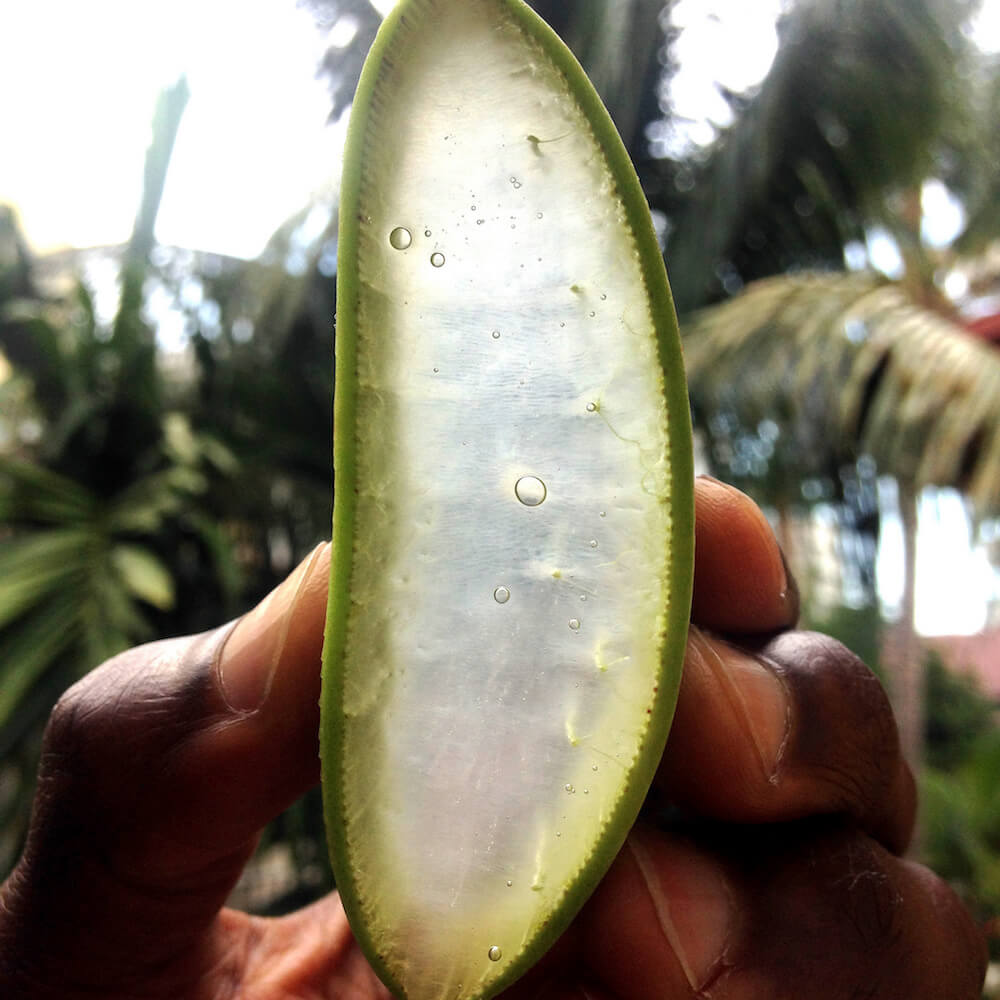
Although native to northern Africa, aloe vera has become increasingly popular around the world. You can find aloe vera everywhere from the fields in Mexico to window sills in dorm rooms. The good news is that the plant is fairly easy to care for and grow.
Growing Aloe Indoors
Whether you are planting outdoors or you’re planting in a pot that you’ll keep indoors, there are several factors crucial to growing a healthy plant.
Sunlight Requirements
Balanced sunlight is one of the most critical elements to consider when you’re finding the right place to grow your aloe vera. Most growers recommend 6-8 hours of direct sunlight a day for this type of plant.
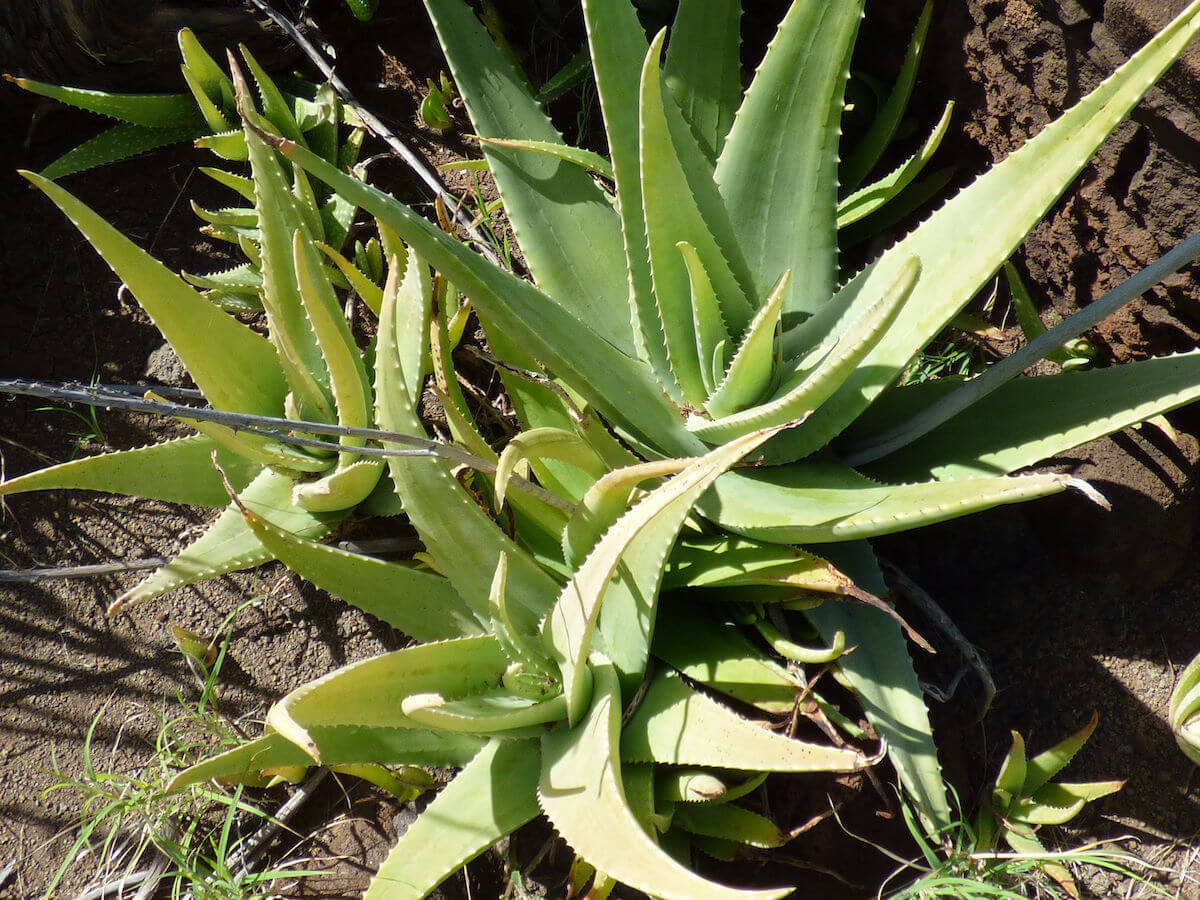
That being said, an aloe vera plant can still thrive in shadier regions. Here are some things to consider when you’re caring for your aloe:
- If your plant’s leaves are falling flat, it likely needs more sunlight.
- If your plant is in a pot near a window, make sure to rotate the pot regularly to ensure that the leaves grow upright.
- Too much sun also isn’t healthy for the plant. Aloe vera needs a well-balanced amount of sunlight. If the leaves are turning brown, then the sun may be too much for your plant.
- The older and more established an aloe vera plant is, the better it will handle direct sunlight.
Soil Requirements
Aloe vera plants are hearty, but they need well-planned drainage, plenty of room to grow, and the right soil. Most growers recommend a cactus or succulent soil. This soil is usually a perfectly blended mix of sand, peat, and small rocks or pebbles.
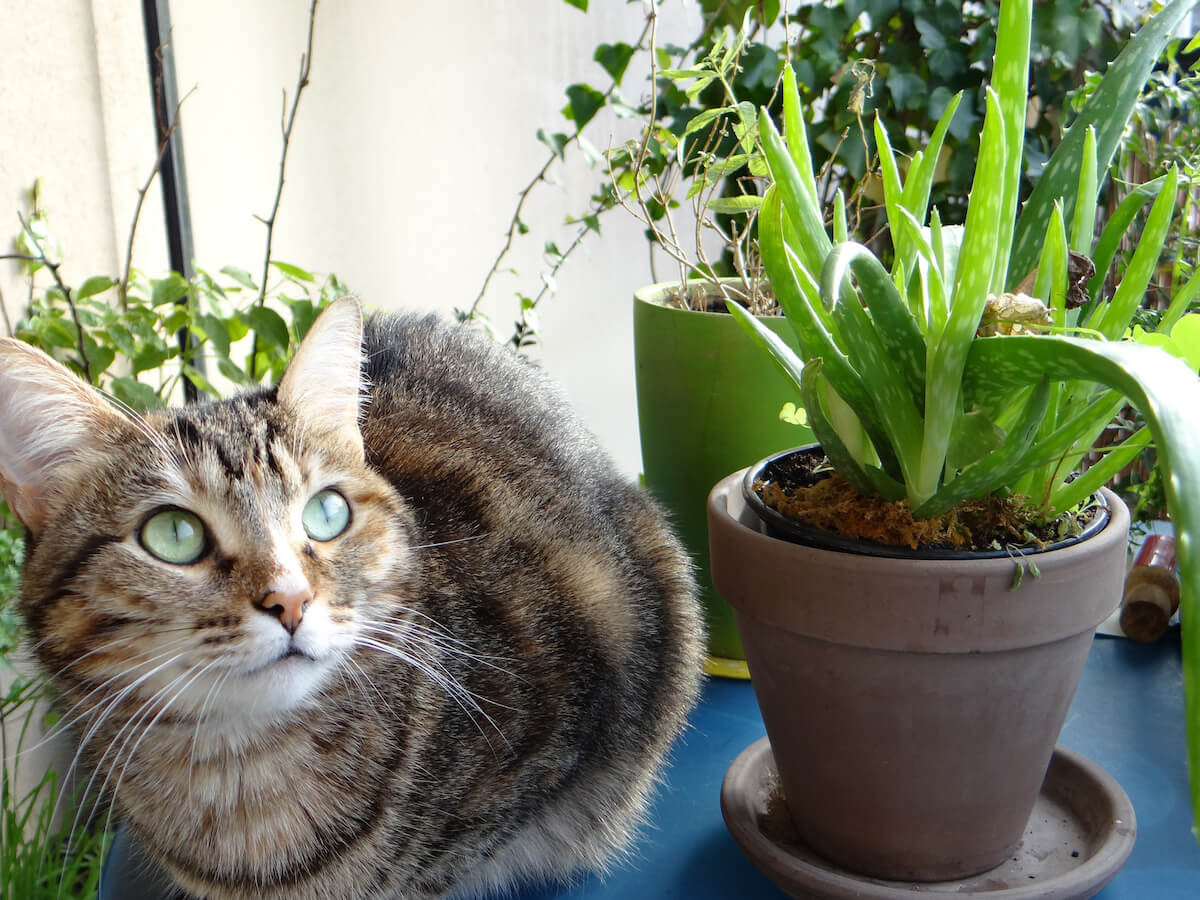
The peat helps to hold moisture, while the small stones contribute to drainage. Plant your aloe vera in a mixture like this is and maintaining your plant will be a breeze. It’s also a good idea to layer the bottom of your pot with a few rocks or pebbles. This will also help the water to drain.
Alternatively, many experienced gardeners recommend adding drainage holes to your pot if there aren’t any already. This can be done with a drill.
Water Requirements
Being native to a dry climate means that your plant is going to need little water. Being a part of the succulent family implies that aloe vera naturally holds a lot of moisture, which means constant watering is not necessary.
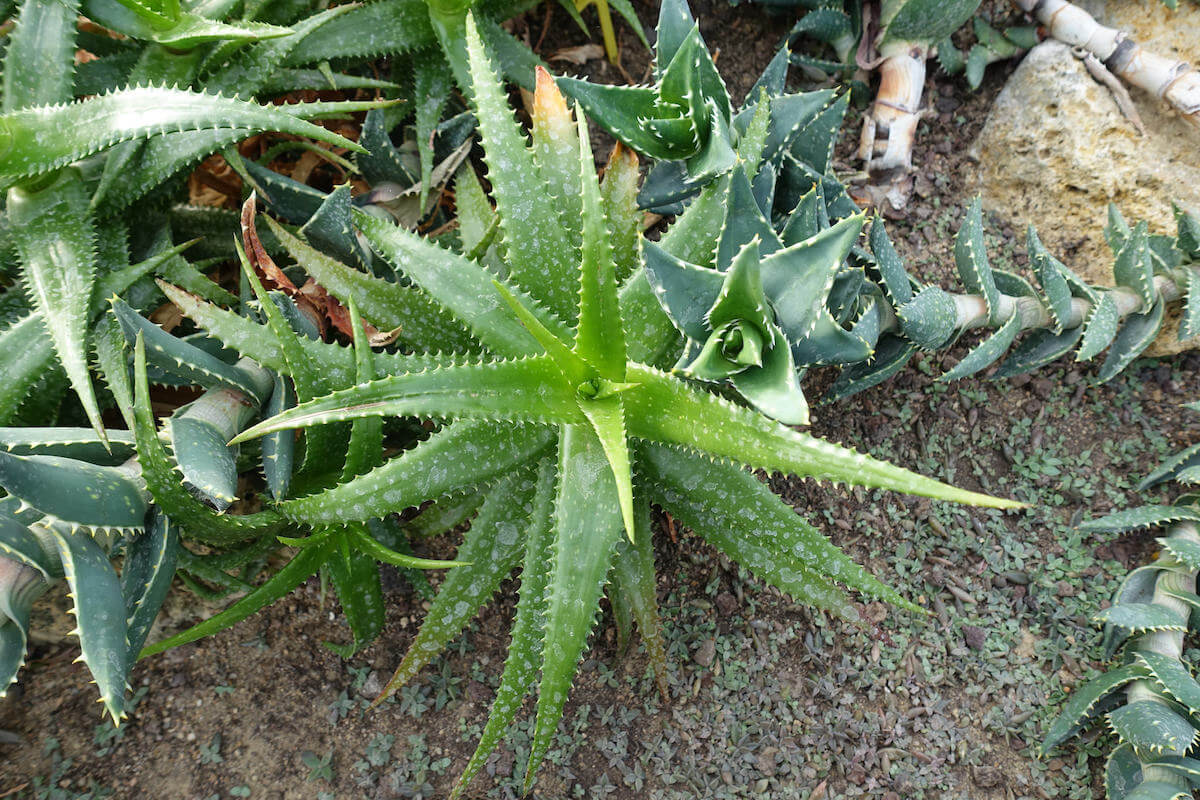
The soil around your plant should never be bone dry though. Some people make the mistake of thinking that damp soil is dry soil and then they end up overwatering.
Watering once a week is a good place to start, but you should base the amount of water on a few different elements.
- Check the soil to see if it is still damp before watering.
- If the soil is dry an inch below the surface, it is time to water.
- If your aloe vera’s leaves become thin and start to curl, then your plant needs water.
Growing Aloe Vera Outside
Although aloe vera now grows around the world, the plant still needs a particular type of climate to thrive in. For example, aloe vera will freeze in colder weather. Planting outside usually works best in hardiness zones 9-11 in the United States. These regions have very warm climates year round, as freezing temperatures will be detrimental to the plant.
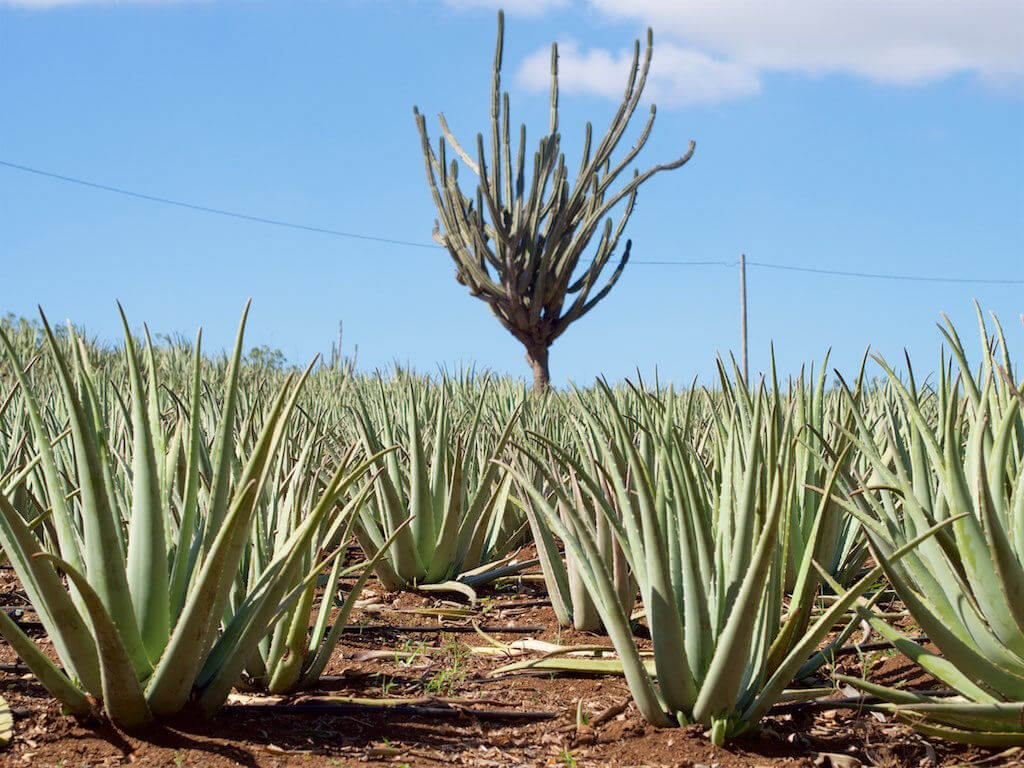
When an aloe plant has room to grow it can get up to 2 feet tall and 2 feet wide. Raised beds allow for great drainage and make it easier for your plant to flourish outside.
Health Benefits Of Aloe Vera
First and foremost, aloe vera is known for its topical benefits. Most people are familiar with aloe vera when it is used to treat sunburn. The gel-like sap is also great for other skin issues such as dryness, acne, and other burns. The sap has healing qualities that have been used throughout history and is still a popular ingredient in skin care today.
Aloe vera has also been said to help digestive issues, such as constipation. The spikey, sap-filled plant also helps purify the air in your home.
Freelance writer Marlene Ridgway, grew up in rural West Virginia cooking, keeping chickens, stacking firewood, picking blueberries, and gardening.









































Thanks for the info. I’ve been meaning to get an aloe plant.